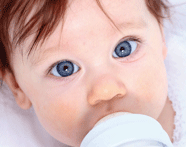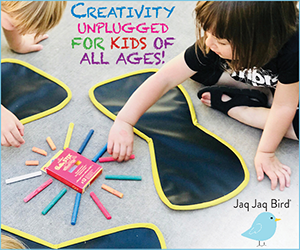Are Baby Bottles Toxic?

Bisphenol A (BPA) has been a popular topic in the news and online in the past few months. The centre of many research studies, BPA is a potentially dangerous chemical leaching out of plastic and into our food.
BPA is considered safe in small amounts by most countries’ health authorities. According to the Canadian Cancer Society website, The U.S. Environmental Protection Agency (EPA) established a Maximum Acceptable (daily) Dose of 0.05mg/kg bw (milligrams per kilogram of body weight); the European Union’s Tolerable Daily Intake (TDI) is also 0.05mg/kg bw.
What is probably most frightening for parents is that BPA is used in polycarbonate plastic baby bottles. When the polycarbonate bottles are heated in water or in a microwave for sterilization, parents may be inadvertently increasing the amount of the chemical leaching from the plastic.
What is BPA? Bisphenol A (BPA), is a chemical most commonly used to make clear polycarbonate plastic for consumer products. The plastic is clear, and very strong. BPA is what makes the plastic hard and shatter-resistant. When heated, BPA can leach out of the plastic and into the food or liquid in the container. Babies drink from a bottle for the first year of their lives, that is a lot of potential BPA exposure. 0.05 mg may not seem like very much, but when it is in such a small body, the effects are that much stronger.
Why is BPA unsafe? When in the body, BPA can mimic estrogen, interfering with the brain’s normal signaling process that is critical for the healthy growth development and function of the human body.
BPA has been linked to cancers, impaired immune function, early onset of puberty, obesity, diabetes and hyperactivity.
Adding boiling water to polycarbonate plastic bottles causes a dramatic spike in the amount of bisphenol A. The chemical will then leach from the heated containers into drinks, according to a US research team.
Babies are very sensitive, their immune systems are immature and their brains and other organs are constantly developing. According to a study done by the Environment California Research and Policy Center, there is now extensive evidence that many of the problems associated with bisphenol A exposure during critical stages of development (a child’s early years) may not come to light until years after exposure.
Bottle Care At mealtime, heat bottles in a pan with water or a bottle warmer, rather than in the microwave. The microwave can heat the bottle and formula unevenly, creating hot spots in the food and causing chemicals to leach out. When cleaning bottles and sippy cups, do not put them in the dishwasher. Wash them with warm water and mild soap, and air dry.
BPA-Free Options Alternatives to polycarbonate include polyethylene and polypropylene plastics, as well as glass. The different plastics can be identified by the number in the recycling triangle on the bottom of the product. Polyethylene is 2, and polypropylene is 5. Not all products will have the number, so be sure to read the packaging. Plastics that contain BPA will have a number 7 in the recycling triangle.
You may want to consider going from breast right to sippy cup, and skip the bottle altogether.
As a Mom it can be difficult when making decisions for your child. The best way to make an informed decision is to learn all you can about BPA. There are great online resources available, such as Toxic Nation (www.toxicnation.ca), and Z Recommends (zrecs.blogspot.com) is a great blog that has done a lot of research into BPA in bottles, sippy cups and other baby products.
Health Canada is doing an extensive study on BPA and results are expected in May 2008. Keep an eye out for this study, as it will probably answer a lot of questions.




